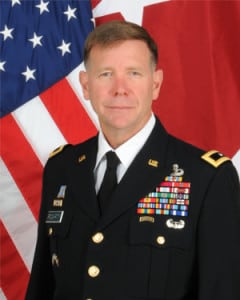
Nine months after the president first ordered U.S. Cyber Command elevated to a unified combatant command, the move will be made official during a Friday ceremony at Ft. Meade in Maryland.Lt. Gen. Paul Nakasone, the newest leader of Cyber Command, will also assume his new position on Friday after the Senate confirmed his nomination on April 24 following Adm. Mike Rogers' retirement.The Senate also unanimously approved Maj. Gen. Stephen Fogarty as the new commander of Army Cyber Command on April…

 By
By 











